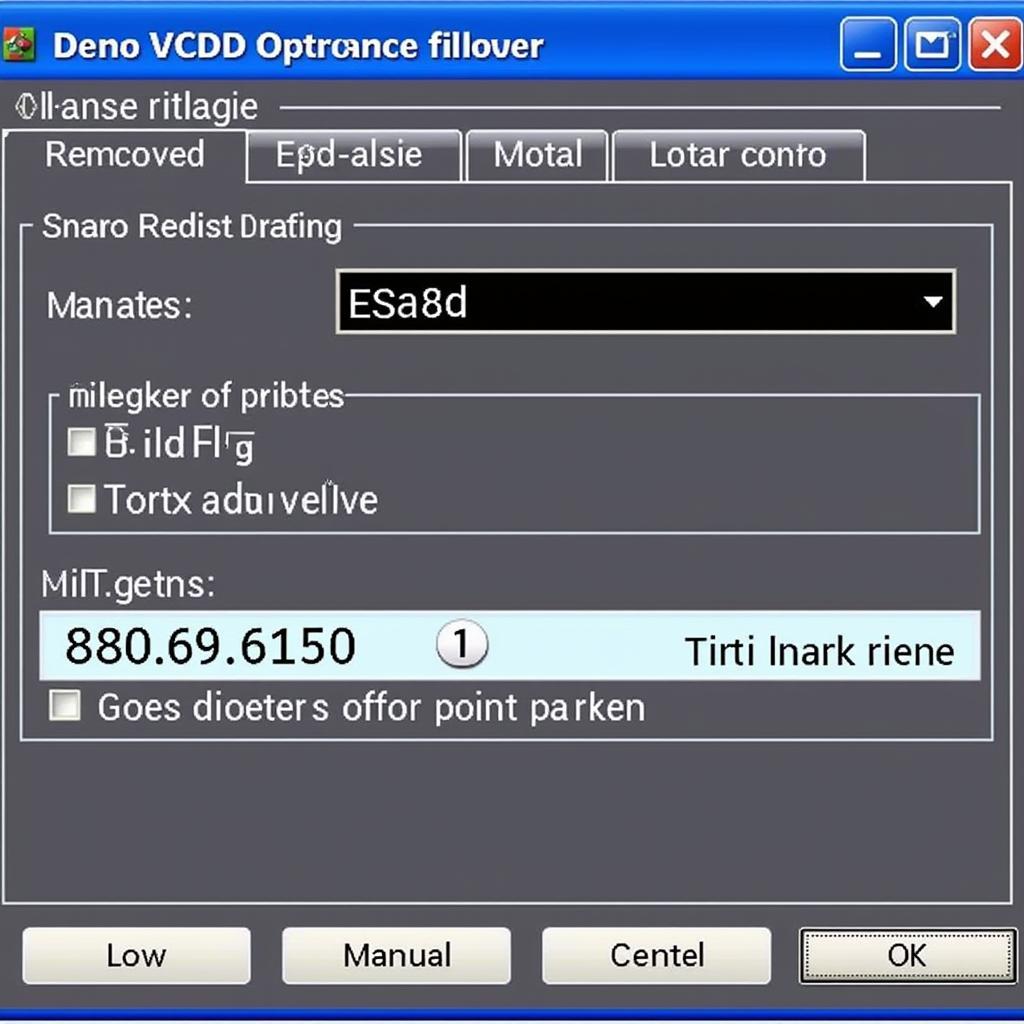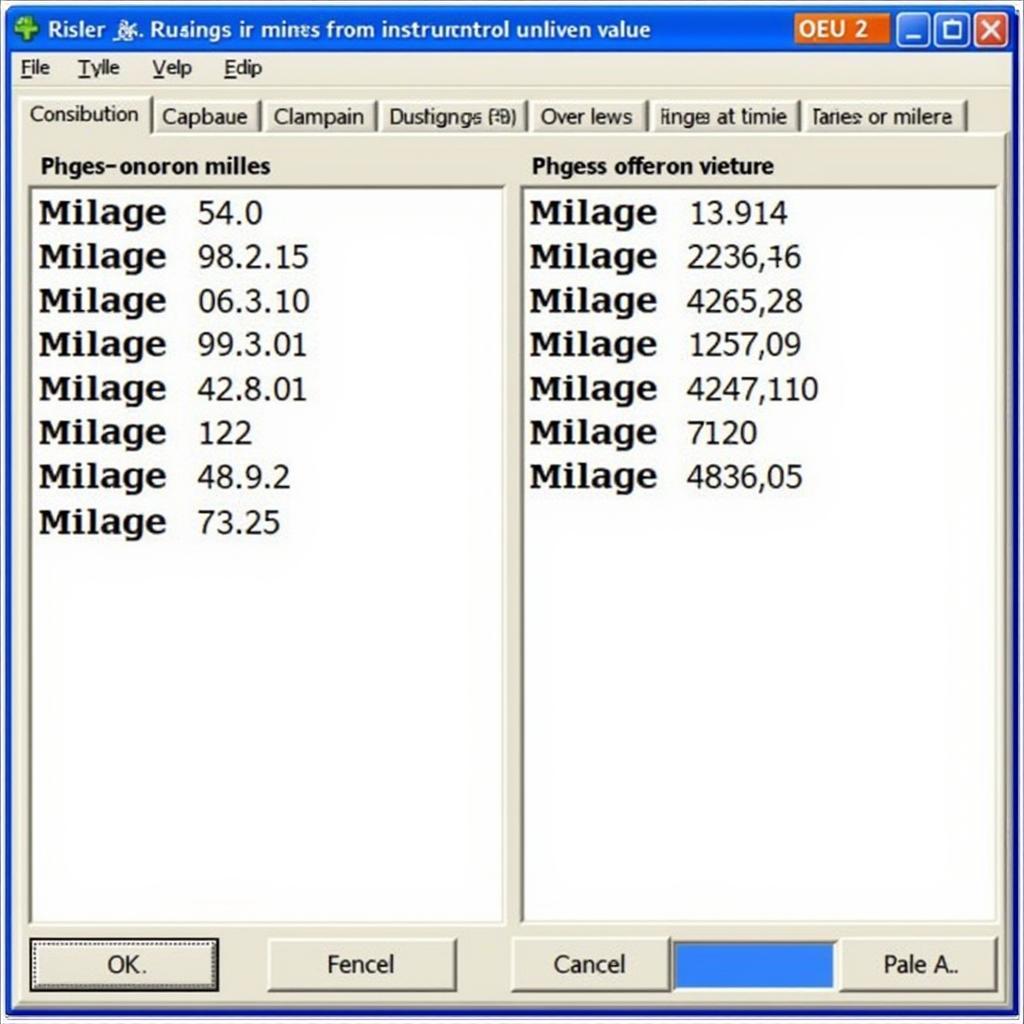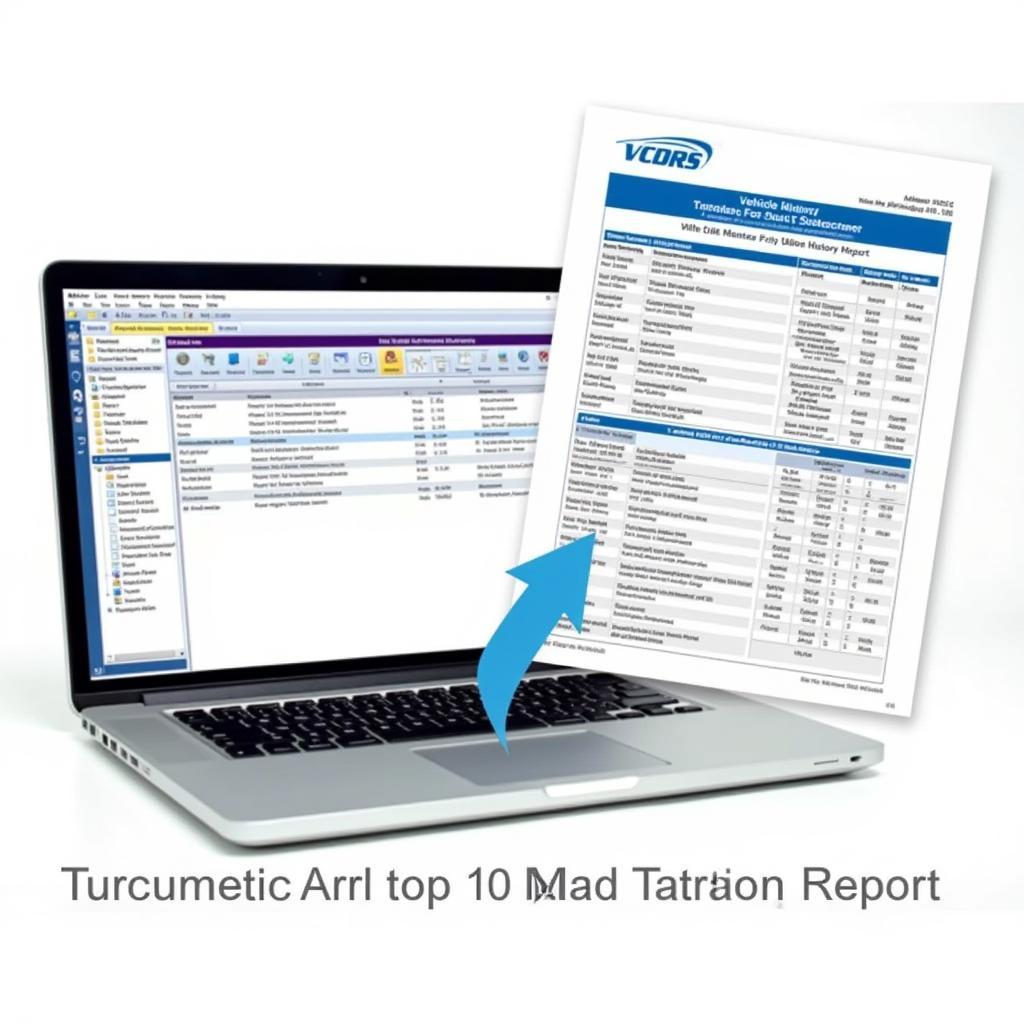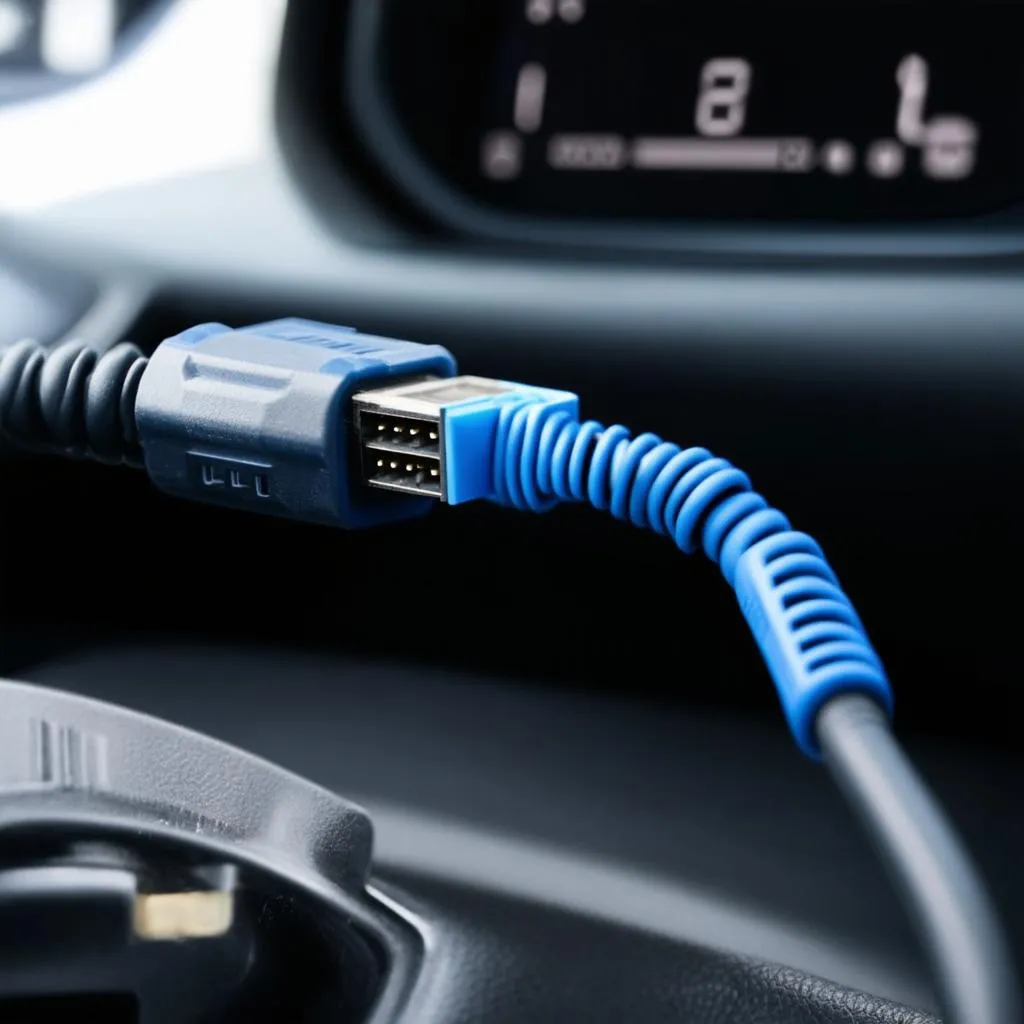Knowing the true mileage of a vehicle is crucial when buying a used car. Manipulating odometer readings is unfortunately a common practice, and it can be difficult to detect. This article will delve into how to use VCDS (Vagross-Tech Diagnostic System) to potentially uncover discrepancies and verify the actual kilometers on supported Volkswagen, Audi, Seat, and Skoda vehicles.
Unveiling the Secrets: Using VCDS to Verify Mileage
VCDS is a powerful diagnostic tool that allows access to various control modules within a vehicle. While it’s not a foolproof method for guaranteed mileage verification, it can offer valuable insights into potential odometer tampering. This is particularly useful when combined with other checks like vehicle history reports and physical inspections.
Diving Deep into Control Modules: Where Mileage is Stored
Vehicle mileage isn’t stored in just one place. It’s often logged in multiple control modules, including the instrument cluster, engine control unit (ECU), and sometimes even the transmission control unit (TCU) and other modules. This redundancy is intended for system reliability, but it can also reveal inconsistencies if the odometer has been manipulated.
Instrument Cluster: The Primary Source
The instrument cluster is typically the primary location for the displayed mileage. Using VCDS, you can access the instrument cluster module and read the stored mileage value.
 VCDS Instrument Cluster Mileage Reading
VCDS Instrument Cluster Mileage Reading
Engine Control Unit (ECU): A Secondary Check
The ECU also often stores mileage data. Comparing the mileage in the ECU with the instrument cluster reading can reveal discrepancies. A significantly lower mileage in the ECU than the instrument cluster could indicate tampering.
 VCDS ECU Mileage Comparison
VCDS ECU Mileage Comparison
Other Modules: Expanding the Search
Depending on the vehicle model and year, mileage data might also be stored in other modules like the TCU or the convenience system central control module. Checking these additional locations can further solidify your investigation.
Interpreting the Data: Identifying Potential Discrepancies
Finding varying mileage readings across different control modules doesn’t automatically confirm odometer fraud. Sometimes, module replacements or software updates can lead to slight variations. However, significant discrepancies warrant further investigation.
What to Look For: Red Flags
- Large Discrepancies: A substantial difference in mileage between the instrument cluster and other modules is a major red flag.
- Inconsistent Patterns: If the mileage progression across different modules seems illogical or erratic, it could indicate manipulation.
- Error Codes: Certain error codes related to the instrument cluster or data communication might also point towards tampering.
Beyond VCDS: Combining with Other Methods
While VCDS is a valuable tool, it’s most effective when used in conjunction with other methods:
- Vehicle History Reports: Check for reported mileage discrepancies over time.
- Physical Inspection: Look for wear and tear inconsistent with the displayed mileage.
- Professional Inspection: A qualified mechanic can perform a more thorough inspection.
 VCDS Combined with Vehicle History Report
VCDS Combined with Vehicle History Report
Conclusion: Empowering Informed Decisions with VCDS
Using VCDS to check real kilometers can be a powerful tool in your arsenal when assessing a used vehicle. While not a standalone guarantee, it provides crucial data that, when combined with other verification methods, can help you make informed decisions and avoid potential mileage fraud. Understanding how to access and interpret this data empowers you to confidently assess a vehicle’s true history.
FAQ
- Can VCDS definitively prove odometer rollback? While VCDS can reveal inconsistencies, it doesn’t definitively prove rollback. It’s a valuable tool but should be used with other methods.
- Do all cars store mileage in multiple modules? Not all cars store mileage in multiple modules. It varies depending on the manufacturer, model, and year.
- Is using VCDS to check mileage legal? Using VCDS to check mileage on a vehicle you own or have permission to access is generally legal.
- Can I use VCDS on any car? VCDS is specifically designed for VAG (Volkswagen Audi Group) vehicles.
- How much does VCDS cost? VCDS software and hardware are available for purchase from Ross-Tech, the official manufacturer.
- What if I find a discrepancy using VCDS? If you find a discrepancy, further investigation is warranted. Consult a qualified mechanic or legal professional.
- Are there any risks to using VCDS? If used improperly, VCDS can potentially cause issues with a vehicle’s electronic systems. Always follow instructions carefully.
Common Scenarios
- Scenario 1: A used car salesman insists a car has 50,000 km. VCDS reveals 100,000 km in the ECU. This is a major red flag.
- Scenario 2: The instrument cluster shows 80,000 km, the ECU 79,500 km. This minor difference is likely insignificant.
- Scenario 3: The car has a history of electrical issues. Mileage discrepancies found with VCDS might be related to those issues.
Further Reading
Explore more about diagnostic tools and vehicle maintenance on our website. We have articles covering various topics, including:
- Using VCDS for other diagnostic purposes
- Understanding vehicle control modules
- Protecting yourself from used car scams
Need help verifying your vehicle’s mileage? Contact us via Whatsapp: +1 (641) 206-8880, Email: CARDIAGTECH[email protected] or visit us at 276 Reock St, City of Orange, NJ 07050, United States. Our team is available 24/7.

